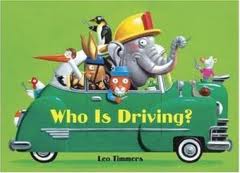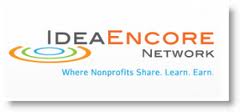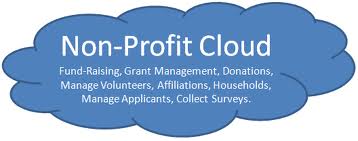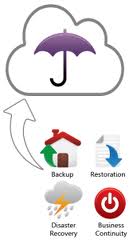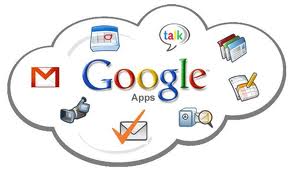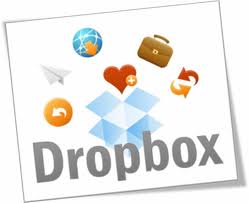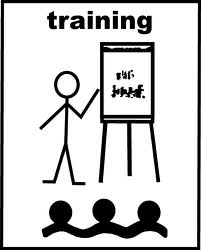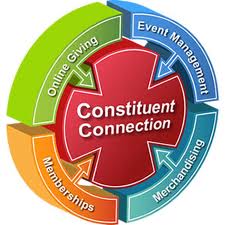 I left the non-profit frontline back in 2006 for an internal consulting position with Boys & Girls Clubs of America. So, it has been a long time since a donor database has “run my life”. A few weeks ago, I participated in a webinar focused on the Results Plus database product produced by Metafile in Rochester, Minnesota. It was during that webinar that I was reminded about how powerful donor database software packages have become.
I left the non-profit frontline back in 2006 for an internal consulting position with Boys & Girls Clubs of America. So, it has been a long time since a donor database has “run my life”. A few weeks ago, I participated in a webinar focused on the Results Plus database product produced by Metafile in Rochester, Minnesota. It was during that webinar that I was reminded about how powerful donor database software packages have become.
For the “average non-profit” out there, a donor database is the software package they capture the following data:
- Donor name
- Donor address
- Donor phone number
- Contributions (amount and to what campaign)
It is less common for non-profit organizations to capture other information such as: solicitor names, spousal information, occupation & employer, social networks, wealth indicators, interests, etc (and this list can go on and on and on because there are more than a hundred data fields in most database packages that can be filled with information).
What I’ve found to be common for many non-profit organizations is they purchase a donor database system, invest in training, and lose institutional knowledge as employee turnover naturally occurs. As new fundraising professionals are hired, the desire to throw the old database out the window is magnified because they weren’t involved in database set-up and the systems built around the database weren’t designed by them. Most commonly, new fundraising professionals come to the table with biases toward database systems with which they might be more familiar.
Naturally, the drums start to beat and the mantra becomes “Buy a New System” rather than: 1) invest in training, 2) clean and deepen the data, and 3) fix the systems built around the database.
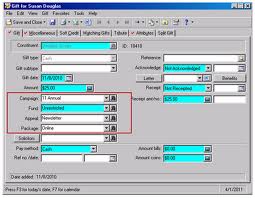 While I participated in that “refresher webinar” hosted by Mark Gerber at Results Plus, I was awestruck with what some donor database can do nowadays.
While I participated in that “refresher webinar” hosted by Mark Gerber at Results Plus, I was awestruck with what some donor database can do nowadays.
Credit Cards processing. Many donor databases have built functionality into their products where you can swipe and store a donor’s encrypted credit card information. This can make events (esp. auctions) really easy. It also makes recurring contributions (e.g. monthly giving program) to your annual campaign really easy. I’ve seen some database companies (e.g. events.org) build credit card processing right into the services they provide their clients. Other databases like Results Plus allow you to hook-up to external merchant account companies like Moneris and credit card processing happens with just one keystroke.
Event Management.For a long time now, fundraising professionals have been able to do a lot associated with event planning from inside their donor database, but the functionality and features continue to multiply. The following is just a short list of what is possible: seating assignments, auction management, creating/sending invitations via snail-mail or email, budgeting, creating/managing project management task lists, tracking entrée selection, managing gift acknowledgement letters with appropriate IRS disclaimer information for the value of services received (e.g. quid pro quo gifts), and the list goes on and on and on and on.
Volunteer management. A recent study released by Fidelity Charitable Gift Fund and VolunteerMatch reports two big things: 1) 67% of survey respondents said they “generally make their financial donations to the same organizations where they volunteer” and 2) Volunteers tend to donate an average of 10-times more money to charity then people who don’t volunteer. This is why it is so very important for your non-profit organization to use your donor database to track and manage your volunteers. You can track and do all sorts of things such as: Who? What? Where? When? Why? How? Interests? Time volunteered . . . value of that time . . . background check information . . . generate cultivation/stewardship letters . . . and the list goes on and on and on!
Prospect research. Third-party data mining companies have done a remarkable job integrating their services in such a way that you can run their applications from inside your donor database and even pull that data directly into your system. These services are costly, but it is amazing what you can find out about a prospect or donor from public records. Wow! And it can all easily be done from inside your donor database. If you have some cash to spend, talk to your database provider about whether or not information from WealthEngine or Blackbaud’s Target Analytics can be easily brought into your database system.
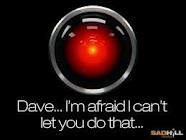 These were just a few functions and features that had me on the edge of my seat throughout that webinar. My best advice to all non-profit organizations with donor database systems is to:
These were just a few functions and features that had me on the edge of my seat throughout that webinar. My best advice to all non-profit organizations with donor database systems is to:
- Call your database provider and ask a sales professional to provide you with their “nickel tour”. Even though you already own the system, you will likely learn a lot about what you already own. The sales pro will play along because they might just sell an upgrade or add-on module.
- Invest and continue re-investing in training. The donor database world is constantly evolving and you really need to stay on top of what your system can do.
- Pay attention to the systems you build around your database (e.g. staffing, contact reports, event registration forms, pledge cards, etc). These system have a lot more to do with the data you’re capturing than the software you’re using.
I wonder when the donor database companies will build enough functionality into their systems so all I need to do is press a button on my computer and the database will brush my teeth for me? 😉
Please scroll down and use the comment box below to share one of your favorite features or functions associated with your donor database.
Here’s to your health!
Erik Anderson
Founder & President, The Healthy Non-Profit LLC
www.thehealthynonprofit.com
erik@thehealthynonprofit.com
http://twitter.com/#!/eanderson847
http://www.facebook.com/eanderson847
http://www.linkedin.com/in/erikanderson847









